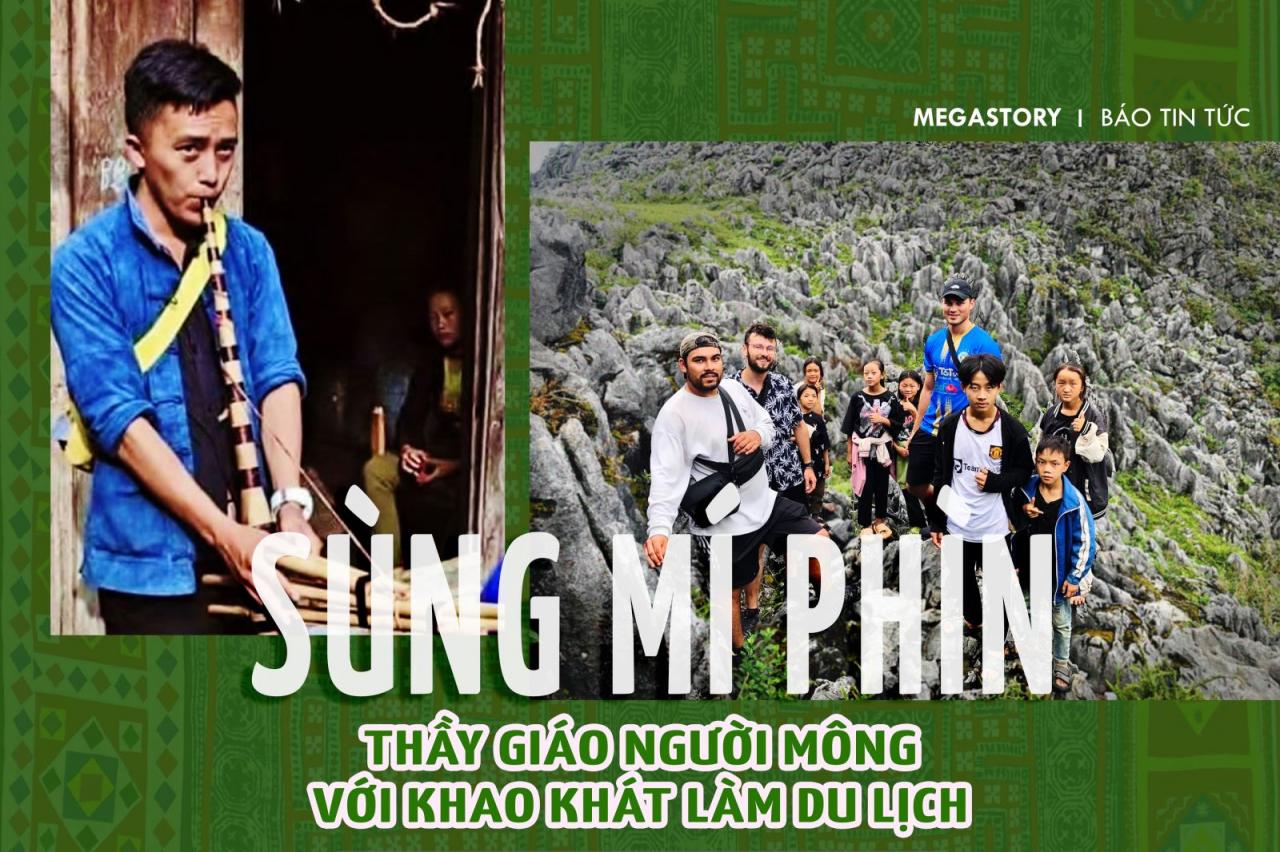
Like many of his peers in the rocky plateau of Ha Giang , Sung Mi Phin grew up feeling the depths of poverty when life around him was nothing but rocks and rocks. After graduating from a boarding school for ethnic minorities, Sung Mi Phin packed his backpack and went south to study pedagogy. At Phin's age, many of his friends had already started families or gone to work far away to escape poverty.
Clip of Phung Mi Phin sharing about doing homestay right in her hometown
Graduating from the Faculty of Primary Education ( Hai Duong Pedagogical College), Sung Mi Phin returned to his hometown to become a teacher. But after two months of teaching children, Sung Mi Phin came up with the idea of doing tourism when he saw the number of foreign tourists coming to Ha Giang gradually increasing.
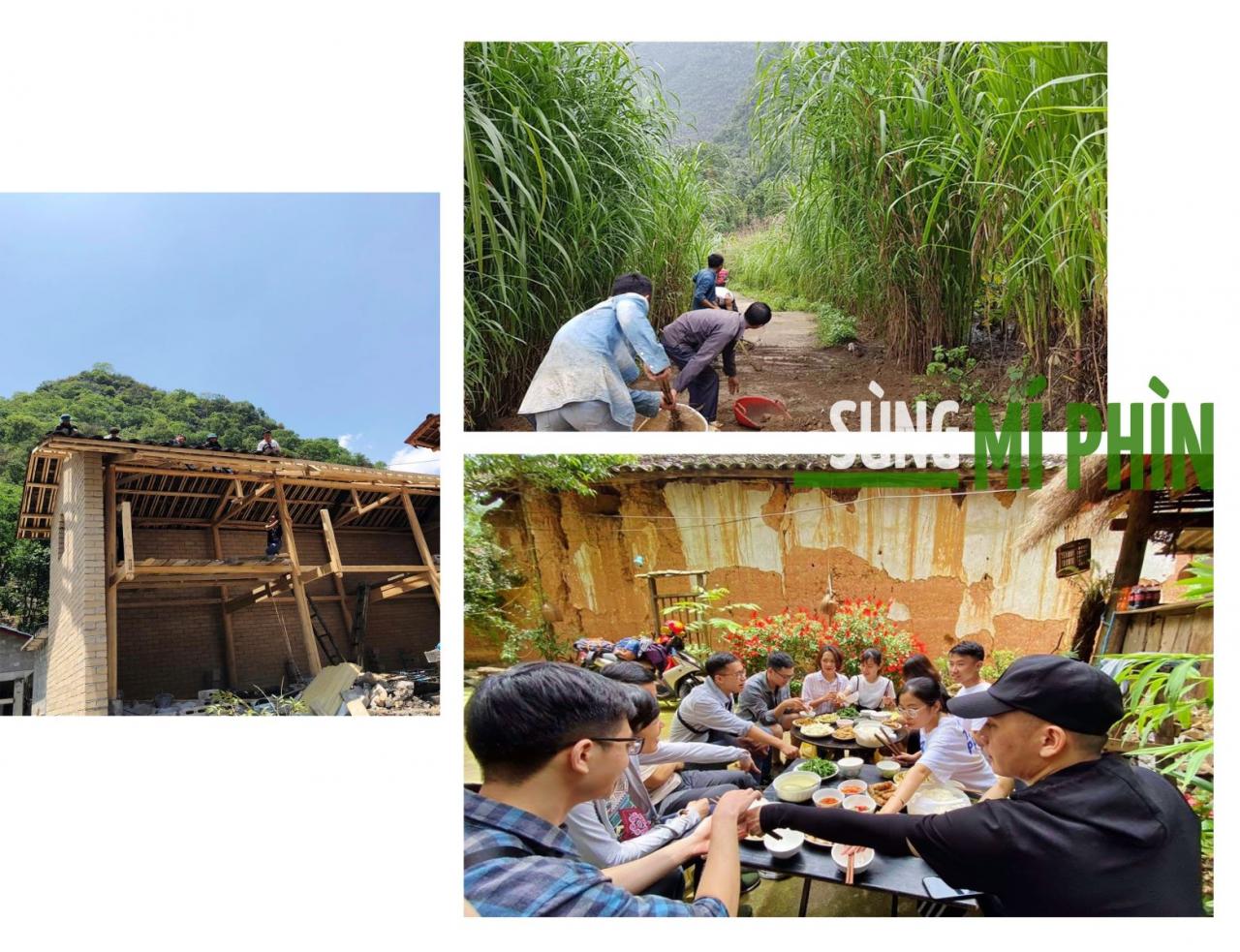
Sung Mi Phin chose to develop ethnic culture through the homestay model.
Giving up a stable job to follow the family's direction was not easy. Sung Mi Phin said: "I faced strong opposition from my father after expressing my intention to study English to work in tourism ."
Sung Mi Phin decided to go to Sapa - where many Mong people are fluent in English - to learn a foreign language. Knowing that his father would strongly oppose it, Phin told his family about his intention just before the departure date.
“When I went to Sapa to study English, I only had 500,000 VND that my mother gave me before leaving,” Sung Mi Phin said.
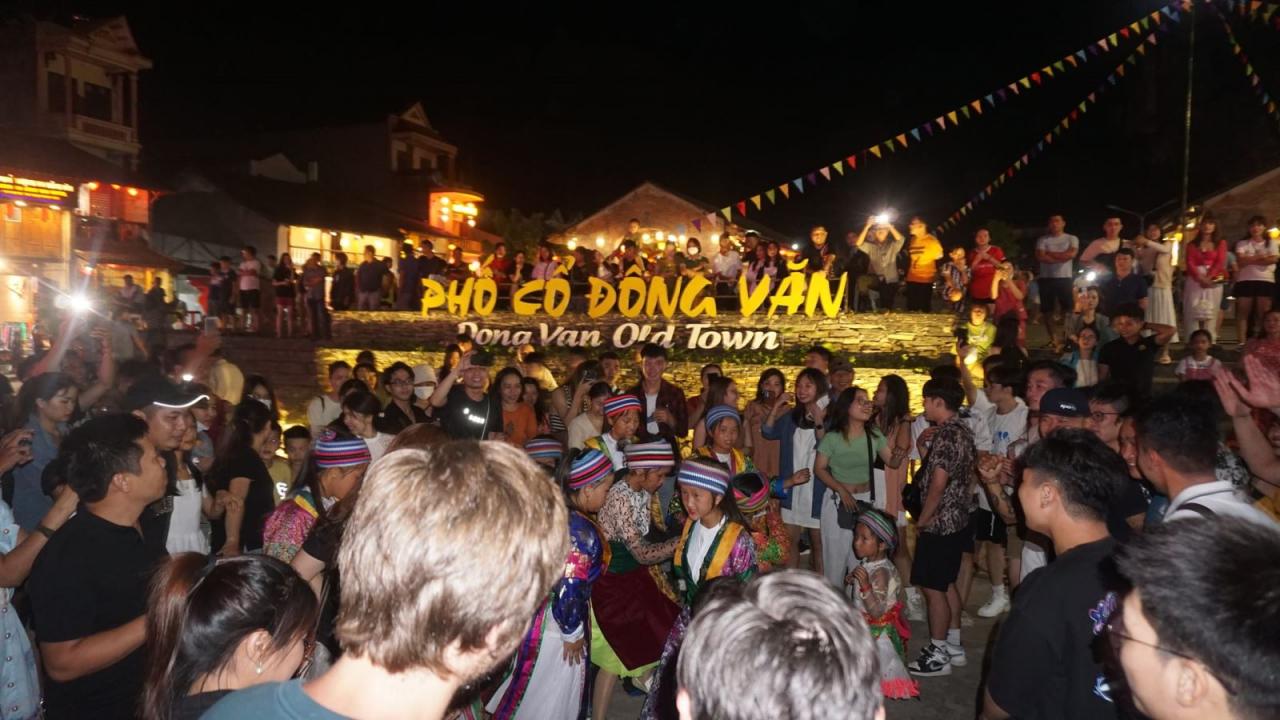
Through Youtube, Sung Mi Phin found an English teaching center for Mong people who are passionate about tourism in Sapa (Lao Cai). After hearing Phin's story, the center's owner exempted him from the English course and, at the same time, shared with Phin how to do community tourism. Not only learning English, Phin also studied and worked as a waiter, a cleaner... to learn how to do tourism in Sapa.
“I think, studying is not only for myself but also to develop national culture through the homestay model,” Phin said.
Returning to his hometown after two years of "studying", Sung Mi Phin opened a homestay called "White Hmong homestay" in his own house. Sung Mi Phin said: "But during the process, I realized that tourism development in Ha Giang is being commercialized and has not really focused on the core of preserving cultural identity. Meanwhile, for ethnic tourism to be truly sustainable, cultural identity is the deciding factor and must be done by the ethnic people. "Chai To Homestay" was born with the desire to bring local people into tourism."
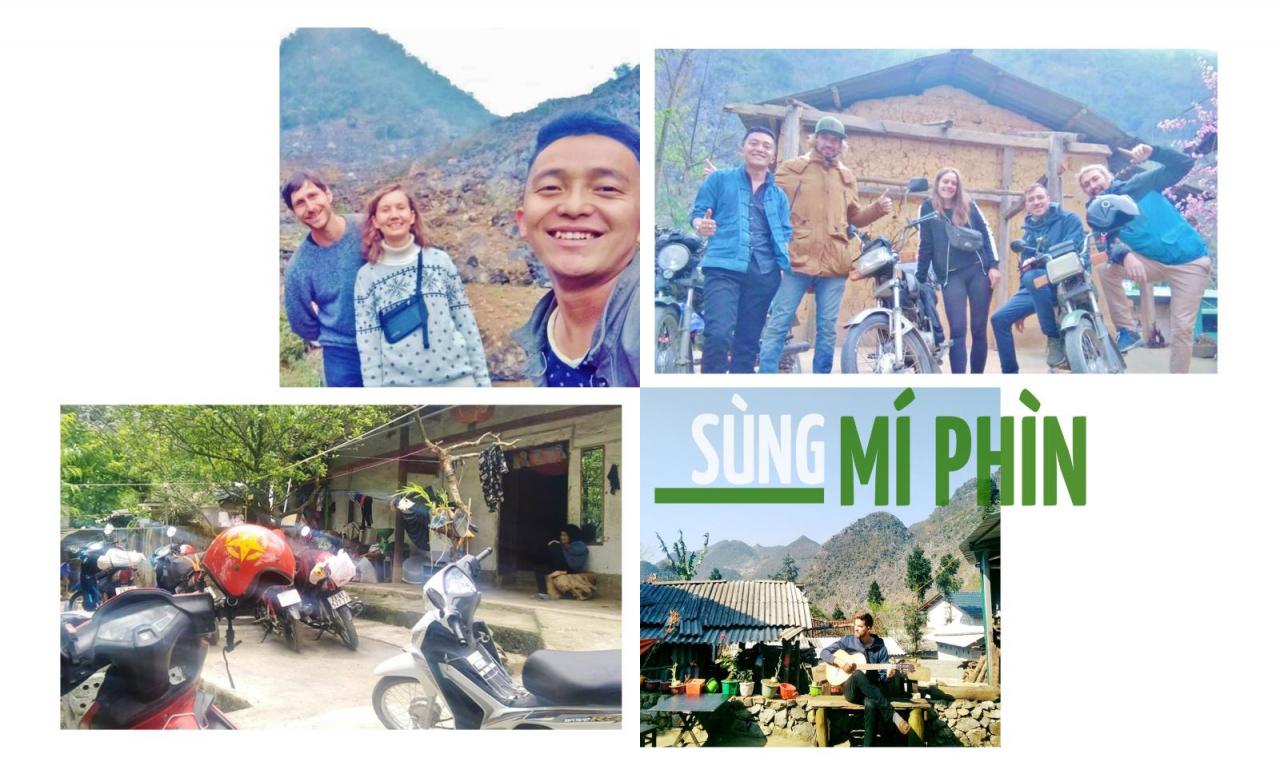
Only an accommodation service that truly connects tourists and locals can retain tourists.
When asked “What is Chai To?”, Sung Mi Phin said: “Chai To is written from “Ntsai Tos” in the Mong language, which means “welcome”. Ha Giang tourism is growing and homestays are springing up more and more. Tourism is coming quickly but the Mong people are not adapting enough. Most of the tourist establishments are from far away and they are not local people. Chai To Homestay is an accommodation service facility to connect tourists and real local people”.
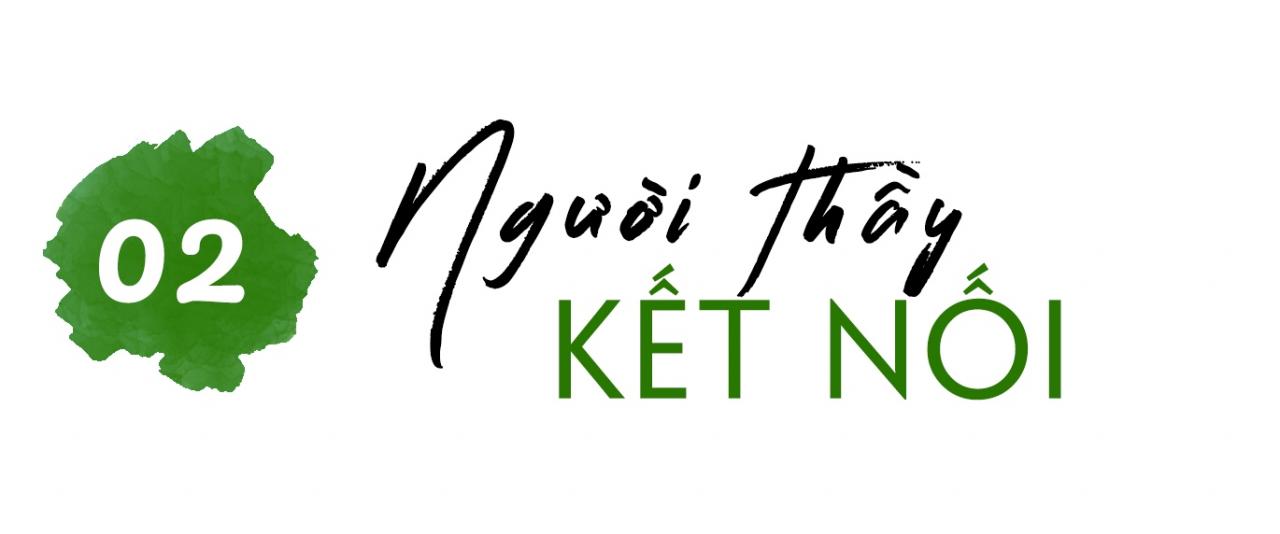
To help villagers do tourism effectively and promote traditional cultural values, Sung Mi Phin opened an English class for villagers.
Sung Mi Phin said: “To preserve, develop and promote the culture of ethnic minorities, people must know Kinh and English. I want the villagers to be able to communicate with tourists. Besides teaching English, I teach culture to the villagers when the homestay is quiet. When the homestay is crowded, I invite them to join in tourism. People can both communicate and talk about their culture through activities with pride, and learn about civilization from other regions. More than that, they have jobs and income, many young people stay in the village to do tourism.”
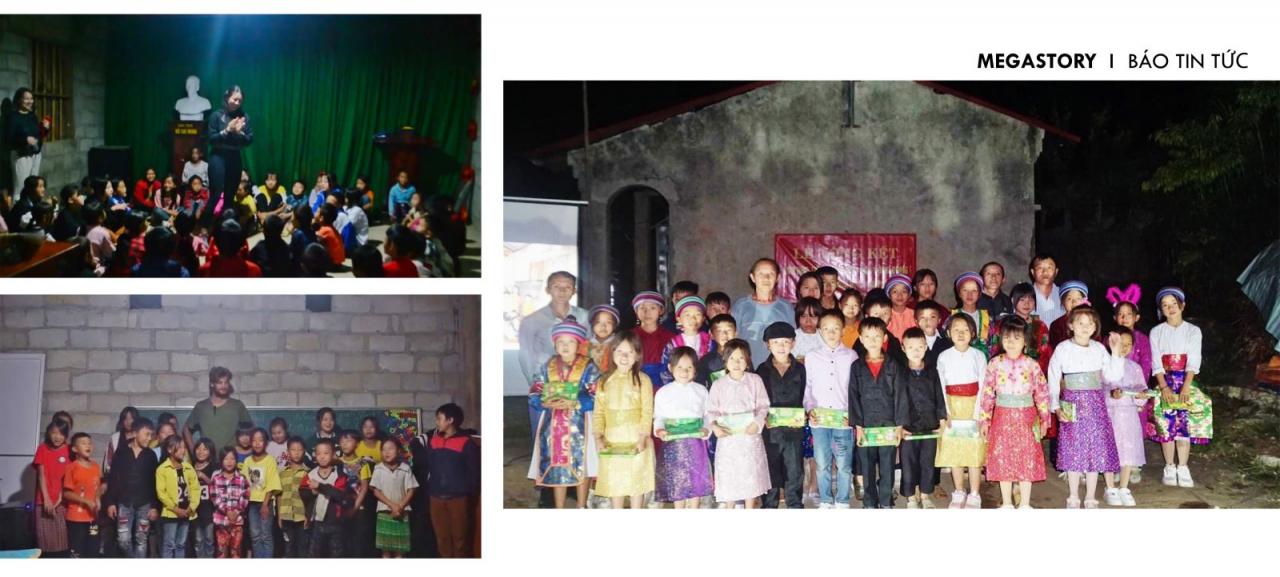
English classes for children were established with the hope that the local people would soon be able to communicate with tourists, conducted by a young Mong ethnic man. The classes sometimes have "guest" teachers who are tourists.
All staff participating in Sung Mi Phin homestay activities are ethnic minority youth from communes of 4 districts in the Stone Plateau and are connected to each other. Profits from these services are extracted and used for many social purposes: Teaching English to local homestay owners and helping the community solve tourism problems.
Chai To Homestay is a place to eat, sleep, live and experience the culture and life with the local people. Therefore, when participating in the service of living with the family, visitors must comply with the activities of the community. When there are cultural festivals in the village, visitors participate to contribute to the common activities and experience with the local people like a real Mong person in the village.
Sung Mi Phin describes: “Visitors coming here start a new day and end a day like real fellow countrymen. From early morning, tourists carry baskets to the fields to cut grass, pick vegetables, and plant corn. In the afternoon, they spin linen, weave cloth, and in the evening, they cook and eat traditional dishes, listen to and enjoy the most ordinary stories such as: the origin and meaning of the Mong panpipe, the meaning of songs, panpipe melodies... My students who teach culture in the class all come to participate in cultural performances, singing songs of the White Mong people”.
It is worth mentioning that Sung Mi Phin's method is highly effective when tourists write diaries expressing their love and respect for the traditional values of the Ha Giang stone plateau. Tourists come back 2 or 3 times and also introduce many more friends. This is the motivation for Phin to continue this work.
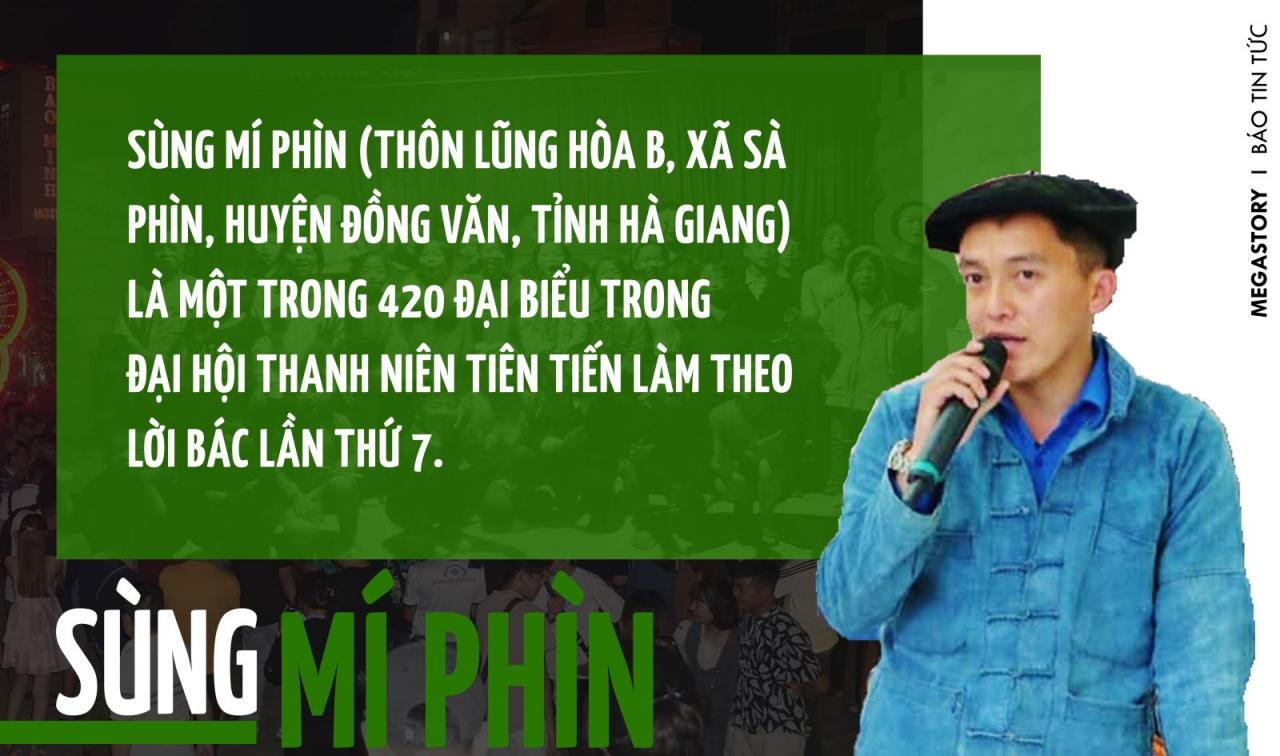
Sung Mi Phin, born in 1994, has a petite figure that left an impression on me when he said: “I want to preserve the beauty and identity of the Mong people through developing experiential tourism. I want young people like us to stay in this highland to build our homeland and preserve each house. I hope that the “stone villages will become flowers”, becoming the pride of every ethnic group here.”
Sung Mi Phin's approach was highly appreciated by experts and won second prize at the 6th Creative Startup Project Competition for Rural Youth organized by the Central Committee of the Ho Chi Minh Communist Youth Union.
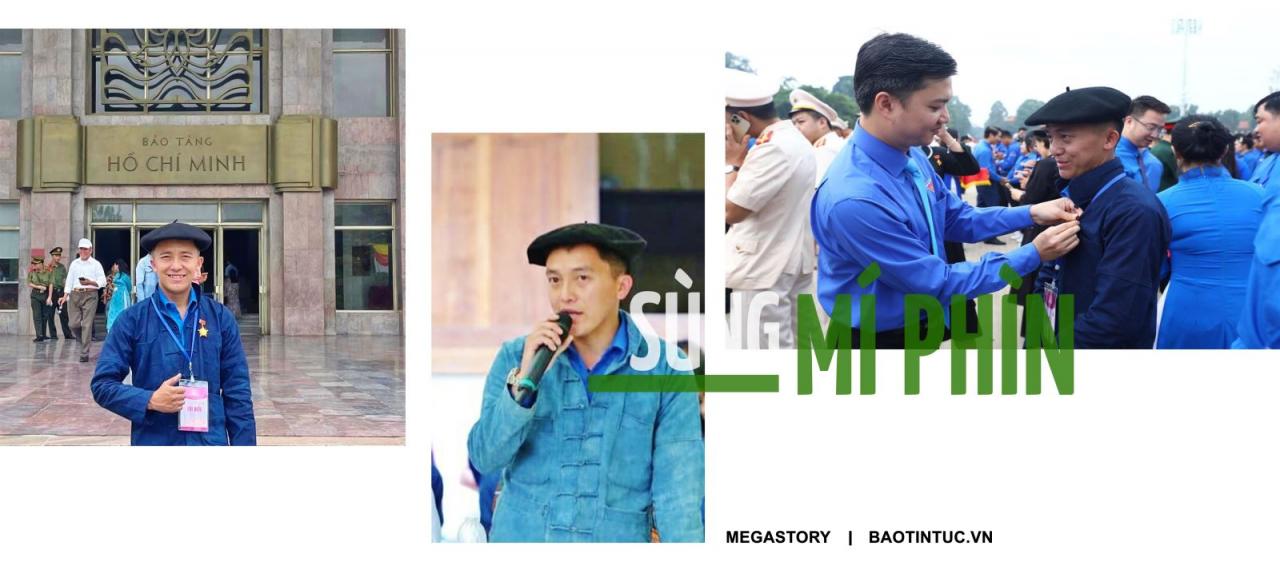
In September, Sung Mi Phin was delighted to go to the capital to attend the 7th Congress of Advanced Youth.
Sung Mi Phin was trained to become a teacher, but with the desire to preserve cultural identity and create jobs for young people in the rocky plateau, he chose a different path. On that path, he still does not forget his mission as a teacher, when he passes on the knowledge he has learned to the people so that they can continue to preserve and promote national identity and build the plateau more and more beautiful and prosperous.
Article, clip: Le Van Photo: Provided by the character Presented by: Tue Thy
Baotintuc.vn
source


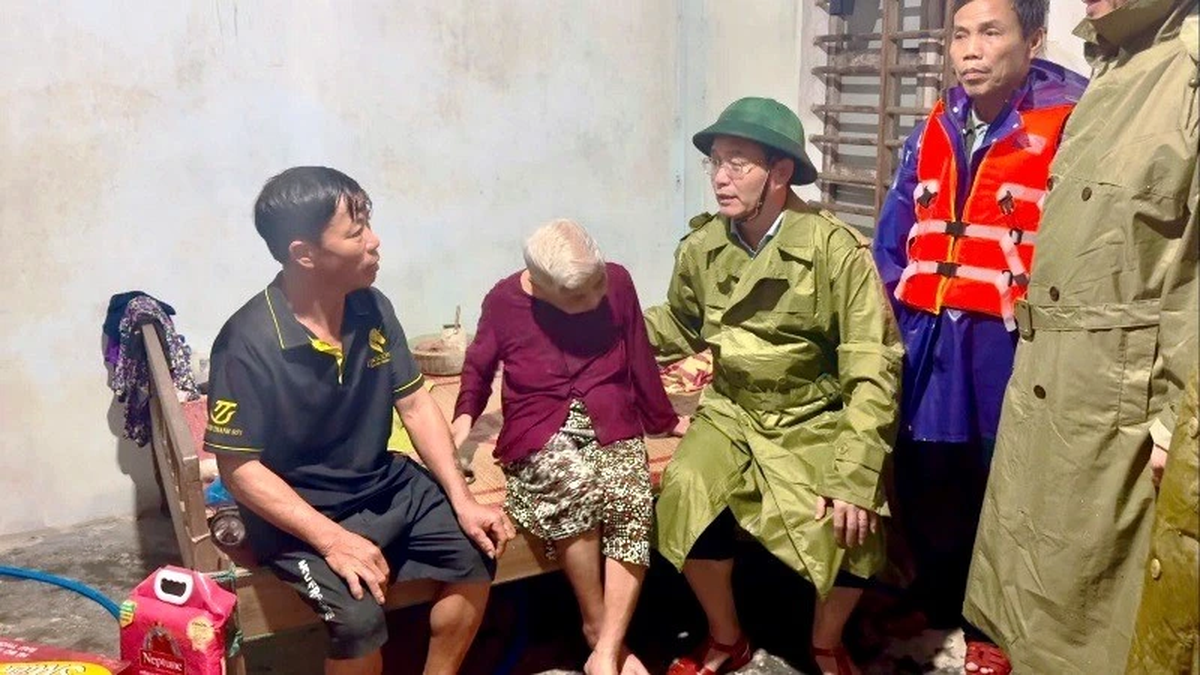
![[Photo] Human love in the flood in Hue](https://vphoto.vietnam.vn/thumb/1200x675/vietnam/resource/IMAGE/2025/10/29/1761740905727_4125427122470875256-2-jpg.webp)
![[Photo] Prime Minister Pham Minh Chinh chaired a meeting to evaluate the operation of the two-level local government model.](https://vphoto.vietnam.vn/thumb/1200x675/vietnam/resource/IMAGE/2025/10/29/1761751710674_dsc-7999-jpg.webp)
![[Photo] Hue: Inside the kitchen that donates thousands of meals a day to people in flooded areas](https://vphoto.vietnam.vn/thumb/1200x675/vietnam/resource/IMAGE/2025/10/29/1761738508516_bepcomhue-jpg.webp)


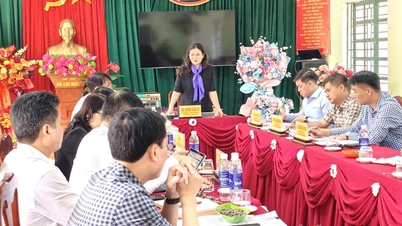

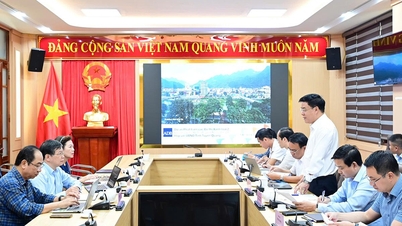



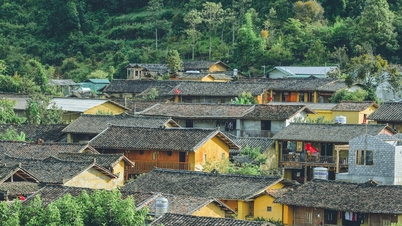

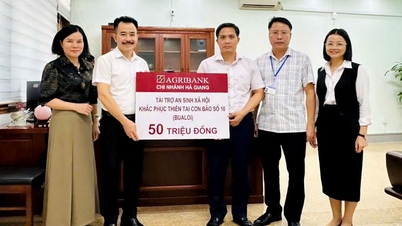
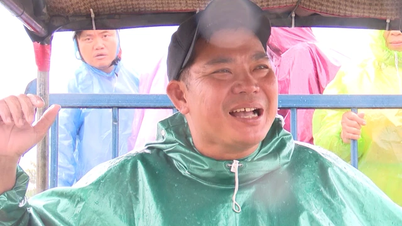


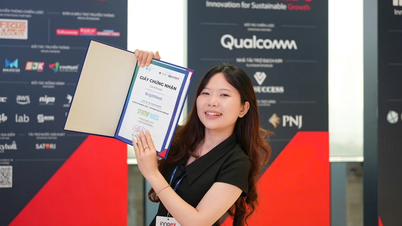





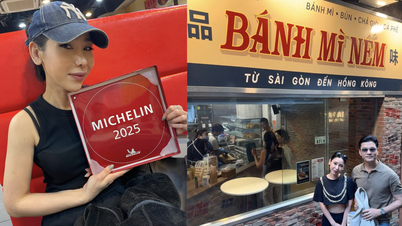




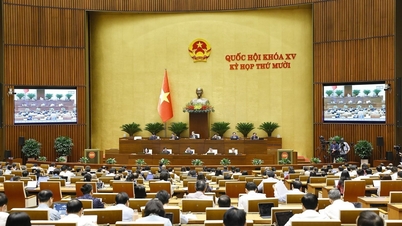
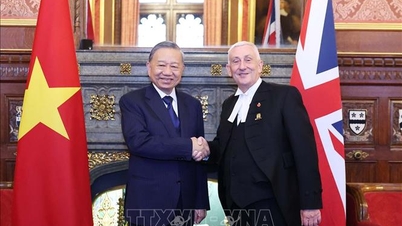



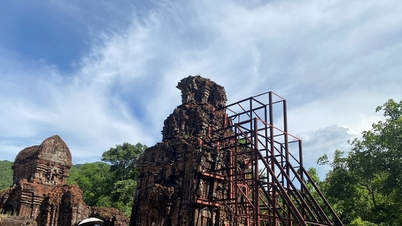

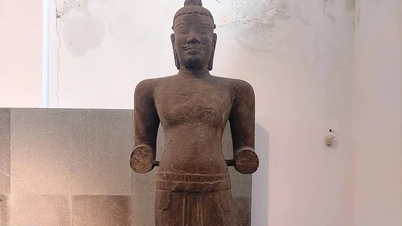
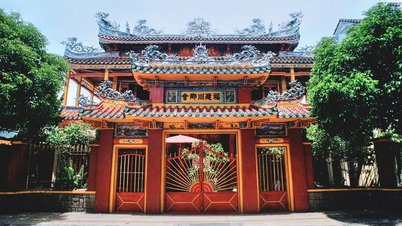

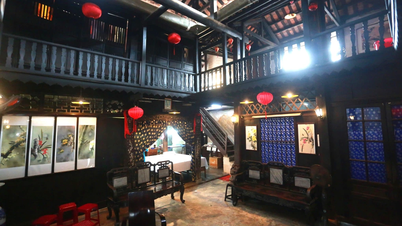

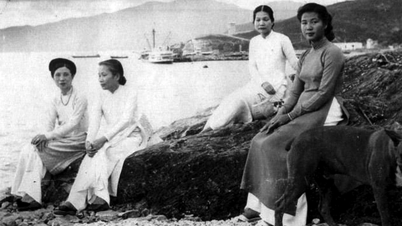
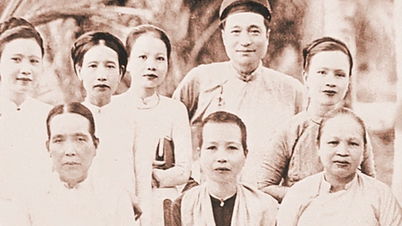
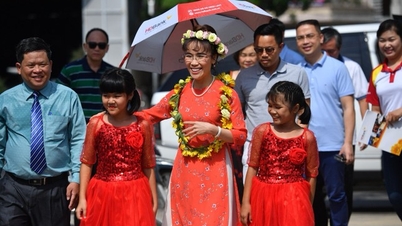

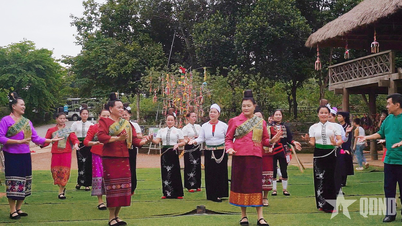
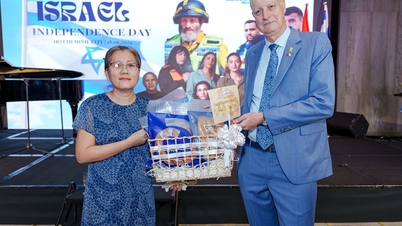
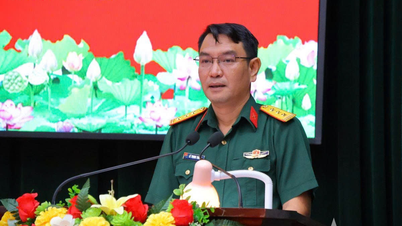


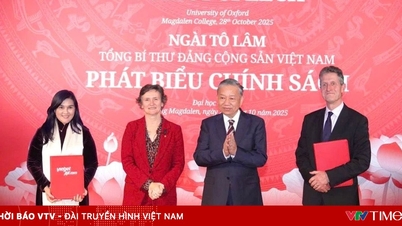




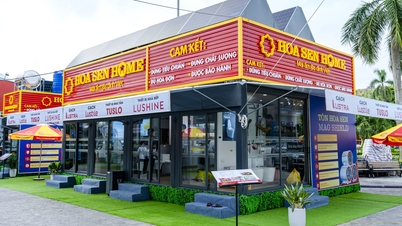

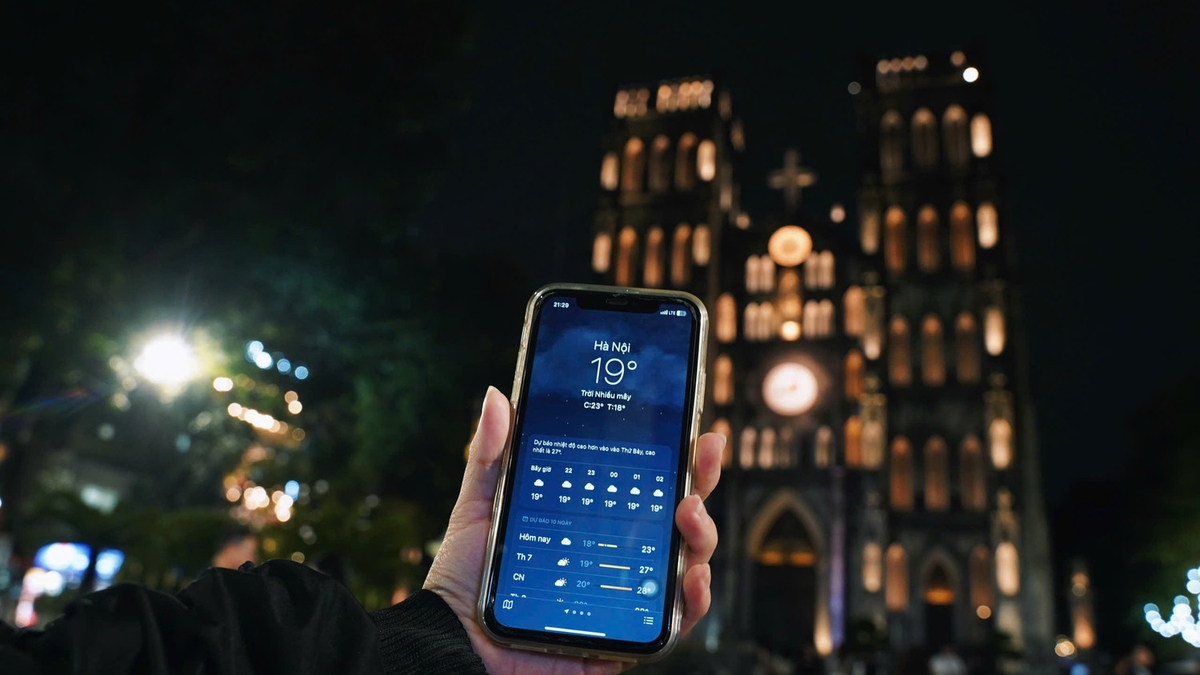






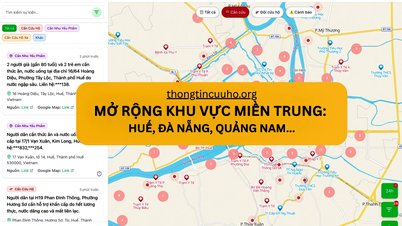




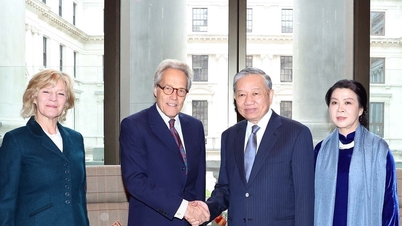


![[Live] Concert Ha Long 2025: "Heritage Spirit - Brightening the Future"](https://vphoto.vietnam.vn/thumb/402x226/vietnam/resource/IMAGE/2025/10/29/1761743605124_g-anh-sang-am-thanh-hoanh-trang-cua-chuong-trinh-mang-den-trai-nghiem-dang-nho-cho-du-khach-22450328-17617424836781829598445-93-0-733-1024-crop-1761742492749383512980.jpeg)
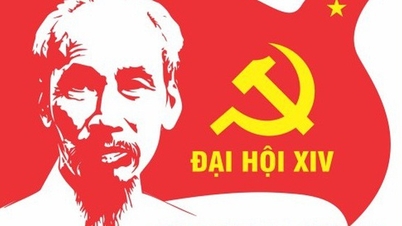
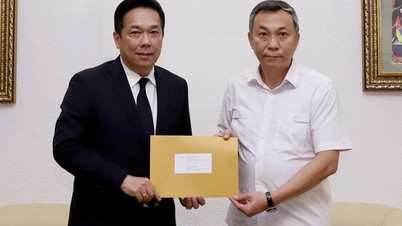
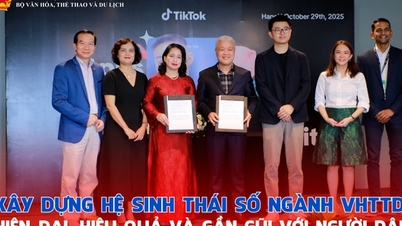



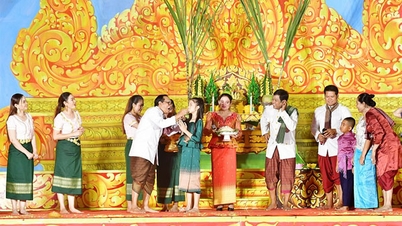




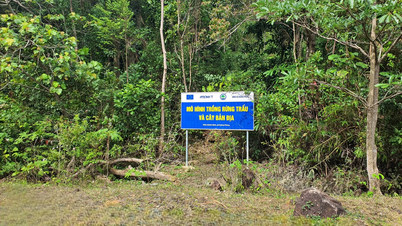


















Comment (0)